Binaryx Smart Contracts Explained: How to Review Your Property Tokens on Blockchain Explorer?

Did you know that there are more than $100 billion of total value locked in smart contracts across all blockchains? These smart contracts process millions of transactions daily. Smart contracts on the Polygon blockchain alone (where Binaryx operates) process over 3 million transactions daily.
Welcome to our third transparency guide! If you've been following our previous publications, you already know how seriously we take openness at Binaryx.
- Our first guide helped you understand exactly which legal entity you become a partner in when you acquire a token.
- Our second guide walked you through what would happen (and what you could do) if Binaryx suddenly disappeared.
Now, we're showing you exactly how the technology behind your investment works—the smart contracts that secure your property tokens, distribute your rental income and enforce your ownership rights.
Why does this matter to you? Because blockchain technology isn't just about trading fancy tokens and getting yields faster—it's about giving you, the investor, unprecedented access to verify your investments independently. No more taking companies at their word; now you can check the facts yourself.
By the end of this article, you'll know exactly how smart contracts on Binaryx work and are upgraded, how to review them and your property token holdings on PolygonScan, and understand the security mechanisms protecting your investment—all without needing to learn how to code.
How to Read This Article
Here is a brief structural overview of the article to ensure you won't get lost in it. The article is structured to help you understand how Binaryx uses smart contracts to secure your investments and give you unprecedented transparency. The article progresses logically from fundamental blockchain concepts to practical application, allowing you to build your knowledge step by step.
Part I. Understanding Basics: Smart Contract Platforms and How Do They Work
- What are smart contract platforms and how do they differ from traditional blockchains?
- How do smart contracts function as programs on the blockchain?
- How do smart contracts manage tokens?
- How do blockchain transactions compare to traditional banking?
Part II: Smart Contracts on the Binaryx Platform: Functionality and Safety
- How are Binaryx smart contracts created?
- What are the three main types of smart contracts on our platform?
- How safe are Binaryx smart contracts?
Part III: Binaryx’s Smart Contracts Upgradability
- What Can (and Cannot) Be Changed within Smart Contracts?
- Who Can Modify Smart Contracts and Why?
- What Ensures the Quality of Changes?
- How Binaryx Smart Contract May Evolve in 5 Years?
Part IV: How to Explore Binaryx Smart Contracts Yourself?
- How to locate and access smart contracts and tokens
- How to check token distribution for your properties
- How to examine transaction history and parameters
- How to claim rental payments directly through smart contracts
Part V: Binaryx’s Code Transparency and Reviewing
- Current status and future plans for code accessibility
- How to review our smart contract code today
- Understanding proxy contracts and implementations
Part I. Understanding Basics: Smart Contract Platforms and How Do They Work
Blockchains as Smart Contract Platforms
The first generation of blockchain technology (Bitcoin) was essentially a decentralized ledger—a way to record who sent what to whom without needing a bank in the middle. The second-generation blockchains like Ethereum and Polygon (which Binaryx uses) evolved beyond simple transaction recording. They became fully programmable platforms where developers can deploy self-executing programs called "smart contracts."
Smart Contracts are Programs on the Blockchain
A smart contract is simply a program that runs on the blockchain. Unlike traditional programs that run on private computers or servers, smart contracts:
- Run on a decentralized ledger.
- Execute without downtime, censorship, or third-party interference.
- Automatically enforce rules and conditions without requiring trust in any single party.
- Create permanent, transparent records of all transactions and state changes.
Smart Contracts Manage Tokens
To clarify the relationship between a smart contract and tokens, let's start with a fundamental concept: tokens are created and managed by smart contracts. Blockchain tokens cannot exist outside of their smart contract.
Here's how it works:
- The smart contract contains code that defines rules for creating, transferring, and managing tokens.
- The contract maintains a ledger (a mapping of addresses to balances) showing who owns how many tokens.
- When you "own tokens," what you're really owning is an entry in this digital ledger.
- The token and its contract share the same address on the blockchain.
- You interact with the contract to transfer tokens, not with the tokens themselves.
To use a real-world analogy: if a bank account were a smart contract, the dollars in your account would be the tokens. The dollars don't physically exist in your account—they're just entries in the bank's ledger. Similarly, tokens are just entries in the smart contract's ledger.
From Traditional Banking to Smart Contracts
Let's explore more precisely how traditional banking transfers work and reveal why smart contracts represent such a huge step forward. Here are the obstacles you face when transferring money internationally through traditional banking:
- Multiple Intermediaries: Your transaction passes through 3-7 different institutions (sender bank, correspondent banks, clearing houses, receiver bank).
- Hidden Processes: Each institution maintains its private ledger that you cannot access.
- Lengthy Timeframes: International transfers take 3-5 business days because each institution must verify and reconcile the transaction.
- Costly Verification: Banks charge substantial fees (typically 3-7%) because they must maintain complex systems to verify transactions and prevent fraud.
- Black Box Errors: If something goes wrong, troubleshooting is difficult because you can't see where in the chain the problem occurred.
For example, sending $1,000 from the US to Indonesia might involve your local bank, a correspondent bank like Citibank, and finally the recipient's bank. Each entity maintains separate records, and the entire process relies on a complex web of trust relationships established over decades.
Smart contracts can reduce transaction costs by up to 57% and execute transactions 10-100x faster than traditional banking systems. The entire process is transformed:
- Direct Transactions: Your transaction happens directly between sender and receiver with no intermediaries.
- Public Ledger: The entire transaction is recorded on a public blockchain that anyone can verify.
- Near-Instant Settlement: Transfers complete in minutes rather than days.
- Minimal Fees: Without intermediaries, costs are dramatically reduced.
- Complete Transparency: Anyone can trace exactly what happened at every step.
- Immutable Rules: The conditions for the transfer are explicitly coded and cannot be altered once deployed.
Now, over 70% of central banks are exploring smart contract technology for CBDCs. Soon the entire financial world will be run of smart contracts.
Part II. Smart Contracts on the Binaryx Platform: Functionality and Safety
Smart contracts are the backbone of the Binaryx platform. While our website and user interface make the platform accessible, it's our smart contracts that handle all financial transactions and ensure the security of your investments
How Binaryx Smart Contracts Are Created?
Every smart contract on the Binaryx Platform is created to address a specific purpose. Our property tokens and their revenue distribution mechanisms all rely on carefully crafted smart contracts that are tailored to each function. These contracts begin as code written by our development team, undergo thorough testing and security audits, and are then deployed to the Polygon blockchain where they become active.
When we first launched Binaryx in 2023, our smart contracts were fully transparent and accessible in a public repository. However, we had to temporarily make our repository private due to security concerns after experiencing DDoS attacks. We dive into this deeper in the "Binaryx's Code Transparency" part below and show how you can explore our smart contracts code yourself.
Three Main Types of Smart Contracts on the Binaryx Platform
As an investor, there are three key types of smart contracts you should know about:
- The Revenue Distribution Contract: This is the central "payment hub" for the entire Binaryx ecosystem. This single smart contract manages the collection and distribution of all rental payments and other revenue to property token holders. This is the contract you interact with when claiming rental income.
- Rental Property Token Contracts (like the one for Tropical Loft): Each completed rental property has its own dedicated smart contract that tracks ownership of that specific property's tokens. These contracts maintain the ledger of who owns how many tokens for a particular property.
- Construction Property Token Contracts (like the one for Balance Villa): Similar to rental property contracts, this smart contract tracks ownership of that specific property's construction tokens. These have slight differences in functionality that account for the dynamic investment model of properties under construction.
Each property token contract maintains its ledger of token ownership. When you buy tokens for a specific property, the corresponding smart contract updates its ledger to show your ownership. This same contract will later reference its ledger when distributing income or calculating voting power.
Third-Party Audits Confirm Binaryx’s Code Safety with Security Score 9.8/10
Binaryx’s smart contracts have undergone comprehensive third-party security audits conducted by Blaize.Security, a blockchain security company with over 7 years of experience and thousands of smart contract audits across various blockchain ecosystems. The audit examined our key smart contracts and rated security 9.8/10. The assessment employed both automated analysis tools (Mythril, Solhint, Slither, Smartdec) and manual code review to identify potential vulnerabilities.

Blaize.Security concluded that our code demonstrates good readability and properly implements the necessary business logic:
"Contracts have all the possibilities for selling assets. All conditions of sale are transparent to the user. The role of the administrator is only to change the state of an asset. Likewise, the rules by which changes in the state of an asset occur are fixed in smart contracts."
Part III. Binaryx’s Smart Contracts Upgradability
Most major DeFi protocols and platforms have upgradable smart contracts. The industry leaders – Uniswap, Aave and Compound – have all gone through multiple smart contract upgrades and will continue to evolve in the future. At Binaryx, we follow the industry standard.
To put it simply, our smart contracts are designed to be upgradable for two important reasons:
- To add new features and improvements. Without upgradability, each improvement would require creating entirely new contracts and migrating all assets—an extremely disruptive process.
- To comply with Wyoming DAO LLC legislation. The Wyoming SF0038 legislation explicitly requires smart contracts to be upgradable, particularly to ensure the ability to return investor funds if necessary.
What Can (and Cannot) Be Changed within Smart Contracts?
- Cannot be changed: Data structures, stored variables, and balances remain immutable. For example, the record of how many tokens each investor owns cannot be altered through an upgrade.
- Can be changed: Only the implementation of methods (functions) can be upgraded. This means we can improve how something works, but not change existing data or balances.
Who Can Modify Smart Contracts and Why?
The ability to modify smart contracts is strictly controlled at Binaryx. While our development team can create and propose changes, they cannot implement them unilaterally. Any significant change requires approval from multiple authorized parties through our multi-signature system. Even in the worst-case scenario—if a team member's account were compromised—the attacker would still be unable to implement changes without additional approvals.
However, the token holders can collaborate and vote to enforce some smart contract changes, as they did in Kammora Living’s smart contract. In this case, investors voted to change the token distribution to modify the discount percentage.
So, implementing this change required several steps:
- The change was first approved through investor voting
- Our development team created the necessary code modifications
- The changes underwent testing in development environments
- Multiple authorized parties had to sign off on the upgrade
- Only then was the change applied to the production contract
What Ensures the Quality of Changes?
All smart contract code upgrades at Binaryx undergo rigorous testing before reaching the production stage:
- Every function and method is covered by automated tests
- Tests verify that functions can only be executed by authorized parties
- Test cases explicitly check access controls and security boundaries
We are planning to publish our test suite soon.
How Binaryx Smart Contract May Evolve in 5 Years?
Although we at Binaryx have a vision for how our platform may develop, the reality will likely be shaped by the broader evolution of blockchain technology and changing market needs. Most importantly, Binaryx's future smart contract changes will partially depend on you—our users and investors. Your feedback, voting decisions, and changing needs will guide our development priorities.
To understand how dramatically protocols can evolve, let's examine Uniswap's journey as a case study. Uniswap is the largest decentralized exchange with over $1.5 trillion in lifetime trading volume, and it has undergone four major version upgrades since its inception in 2018:
- Uniswap v1 (2018): The initial implementation used a simple constant product formula (x×y=k) and featured immutable contracts with no upgrade paths. When improvements were needed, an entirely new protocol had to be deployed.
- Uniswap v2 (2020): Introduced significant enhancements including direct ERC-20 to ERC-20 swaps and price oracles. While the core contracts remained immutable, v2 implemented a more modular architecture that separated core functions from periphery contracts, making future migrations easier.
- Uniswap v3 (2021): Represented a complete rebuild focused on capital efficiency through concentrated liquidity. This version fully embraced the proxy pattern, with contracts like the Universal Router and Permit2 using upgradable designs. These smart contracts separate the logic (implementation) from storage (proxy), allowing the team to upgrade functionality without migrating user assets.
- Uniswap v4 (2023-2024): The latest iteration introduces "hooks" that allow developers to customize pool behavior. This version uses a singleton architecture for improved gas efficiency and implementable pool upgrades. While maintaining some immutable core components, v4 allows for unprecedented flexibility through its hook system.
What's particularly interesting about Uniswap's evolution path is how it thrived from completely immutable contracts in v1 (which required full redeployment for any changes) to a sophisticated upgradable architecture in later versions.
Part IV. How to Explore Binaryx Smart Contracts Yourself?
Where to Find Smart Contracts and Tokens?
Every smart contract and its associated tokens have a unique address on the blockchain but appear on different pages in the blockchain scanner. For Binaryx properties, in each property's document section, you can find either a token address under the "Token" item or a smart contract address under the "Smart Contract" item. Clicking on either of these hyperlinks will take you directly to the PolygonScan blockchain explorer.


Smart contracts come before tokens because they establish the rules for token creation and other functionality. This is why newer properties only display a smart contract link – the tokens either haven't been launched yet or were only recently created. For each property, you can find its smart contract in the "DAO LLC Articles of Organization" document, signed under the Wyoming SF0038 legislation. You can learn more about this framework in our legal guide.
When you look up an address on PolygonScan, you can examine both the token and its managing contract—provided tokens have already been minted. If you're viewing a token page, click on the smart contract hyperlink under "Token Contract" in the "Other Info" section in the top right corner.

If you're on a smart contract page and tokens are already minted, click on the token hyperlink under the "Token Tracker" item in the "More Info" section in the middle of the page.

Currently, your interaction with property-specific smart contracts (types 2 and 3) is primarily observational—you can verify ownership records, track transaction history, and monitor token distributions. However, the Revenue Distribution Contract is where you can actively interact to claim your rental income.
How to Check Token Distribution?
You can monitor who owns tokens in a property by using PolygonScan. Let's look at the Tropical Loft’s token distribution as an example:
- On the property's token page on PolygonScan (for Tropical Loft, that's https://polygonscan.com/token/0x4b17845F255cC19dB2612ab8577Ea1e0852BBBd7) look for the "Holders" tab in the horizontal menu below the token name and click on it.

- This page displays a complete breakdown of all token holders, showing:
- Each wallet address that owns tokens
- The number of tokens each address holds
- The percentage of the total token supply held by each address
- For a more visual representation, click on the "Token Holders Chart" option at the top of the Holders section. You will get a pie chart showing the relative distribution of tokens among all holders.

The Holders section gives you valuable insight into ownership concentration and distribution patterns. You can easily spot your own wallet address in this list to verify your ownership stake. By regularly checking token distribution you understand how diverse the investor pool is for your property and track any significant changes in ownership patterns over time.
How to Examine Transaction History and Parameters?
The blockchain records every transaction involving your property tokens, creating a transparent and immutable history that you can review at any time. Here's how to access and understand this information using Tropical Loft’s token page as an example:
- On the property's token page (https://polygonscan.com/token/0x4b17845F255cC19dB2612ab8577Ea1e0852BBBd7), locate and click on the "Transfers" tab in the horizontal menu below the token name.

This page displays a chronological record of every token transfer, showing:
- Transaction hash (a unique identifier for each transaction)
- Method (a specific way of interaction)
- Block number (when the transaction was processed)
- Age (how long ago the transaction occurred)
- From and To addresses (sender and recipient wallets)
- Quantity (how many tokens were transferred)
- For detailed information about a specific transaction, click on its transaction hash.

- This opens a new page showing:
- The exact time and date of the transaction
- The block number on which the transaction was executed
- Gas fees paid to process the transaction
- All addresses associated with the transaction
- Transaction status (success or failure)

- To filter for transactions involving your wallet, use the search function at the top of the Transfers page and enter your wallet address.

By examining the transaction history, you can verify when you received your tokens, track rental payment distributions, and monitor the overall activity level of your property token. This transparency is one of blockchain's greatest advantages—allowing you to independently verify all movements of your investment without relying on third-party reports.
How to Claim Rental Payments Through Smart Contracts?
Here's how you can claim your rental payments directly through the blockchain:
- Visit the Revenue Distribution Contract address: https://polygonscan.com/address/0x326fdcca0f5b9f5905f6bfdb914b1f6eddc45061
- Open the "Contract" tab and select "Write as Proxy".
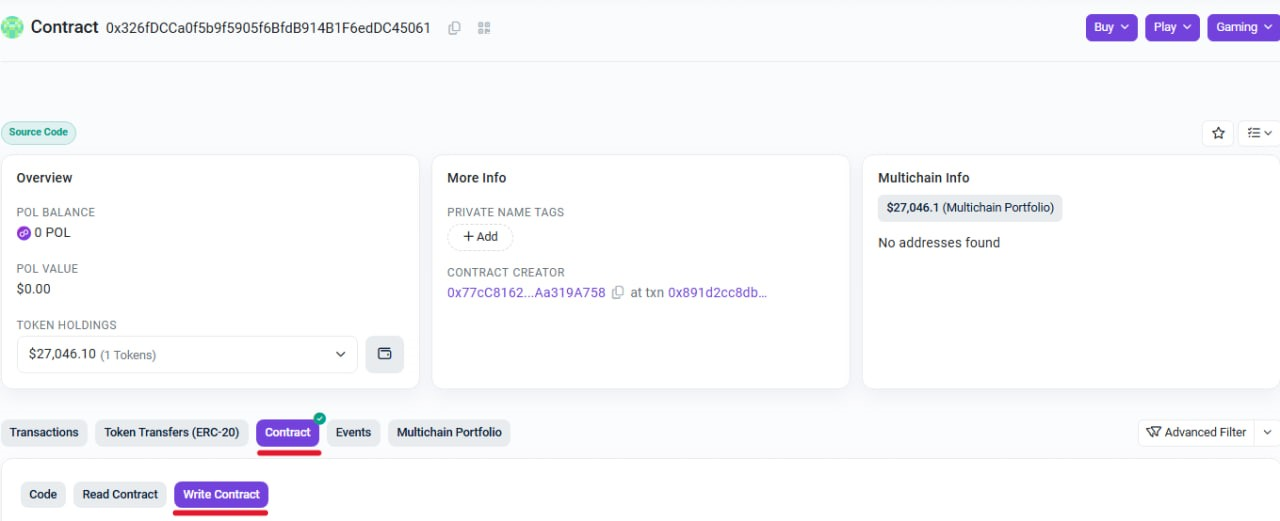
- Connect your crypto wallet by clicking "Connect to Web3," accepting Polygonscan's prompt, and selecting your wallet. Then approve the connection in your wallet.

- In the "claim" section, enter your wallet address in the "_user" field where rental payments will be sent. In the "_tokens" field, enter the token addresses for the properties from which you want to collect rent. For example, to collect rent from PARQ Penthouse 61, enter “0xA07DB641FC95067a2Fe68b6224a9dD39564bFd57”. Then, hit “Write” and confirm the transaction.

- Your rental payments (if available) will be transferred to your wallet in USDT. You can even collect rent from multiple properties in a single transaction by listing their token addresses separated by commas.

Part V. Binaryx’s Code Transparency and Reviewing
Blockchain technology promises transparency by design. At Binaryx, we're committed to this principle, however, we must balance it with practical development needs. Here's a look at where we stand on code transparency.
Current Status: Temporarily Private Repository
Currently, our smart contract code is housed in a private repository. This wasn't our initial approach—in fact, we started with the public repository. However, during development, we had to temporarily close the code private because of the repetitive DDoS attack. After a security assessment, we decided to restrict access to protect sensitive backend configurations.
We fully recognize that smart contracts should be publicly viewable. Transparency is a core value of blockchain technology, and we're actively working to make our code public again. Our development team is separating the frontend, backend, and smart contract code into different repositories to enable this transparency while maintaining necessary security measures. The repository with all smart contract rules is currently being prepared to become fully public, and within two months, everyone will be able to access and study these rules directly.
How to Review Binaryx Smart Contract Code?
While we're working on making our entire repository public, you can already examine the source code of our main smart contracts directly on PolygonScan. Here's how you can review the code of the Revenue Distribution Contract and its implementation:
- Visit our main Revenue Distribution Contract at 0x326fDCCa0f5b9f5905f6BfdB914B1F6edDC45061, and click on the "Contract" tab and stay in the "Code" section.

- If you scroll down, you'll see the Contract Source Code for the proxy. This code is relatively simple and primarily handles forwarding calls to the implementation contract.

- Our smart contracts use the EIP-1967 Transparent Proxy pattern, which separates the contract interface from its implementation. To view the actual implementation code that contains the business logic, stay on the same "Contract" tab but click the "Read as Proxy" section, then click on the hyperlink to the implementation contract at 0x0d067b405146af4d2116e6201ed6d94fb2d30137.

- On the implementation contract page, click the "Contract" tab again, then select "Code" to view the full source code with comments and all business logic.

Understanding Proxy Contracts and Implementations
Smart contracts on the blockchain are immutable once deployed. To allow for upgrades while maintaining the same address and data storage, we use a proxy pattern:
- The proxy contract (0x326fDCCa0f5b9f5905f6BfdB914B1F6edDC45061) is like a receptionist at an office - it receives all requests but doesn't handle them itself; it just forwards them to the right department. This is the address you interact with. It stores all data and maintains a consistent address, but contains minimal code.
- The implementation contract (0x0d067b405146af4d2116e6201ed6d94fb2d30137) is where all the actual work happens - it contains all the business logic, functions that manage tokens, distribution rules, etc. This contains the actual logic (functions) that execute when you interact with the proxy. This can be upgraded while the proxy address and stored data remain unchanged.
- ABI (Application Binary Interface): This defines how to call the contract's functions - think of it as the "language" used to communicate with the contract. The ABI is available in the "Contract" tab under "Read Contract" or "Write Contract" sections.
This separation allows Binaryx to upgrade the implementation (business logic) while keeping the same address and all stored data intact, as users and other contracts always interact with the unchanging proxy address. By examining the implementation contract, you can see exactly how our functions work, what security measures are in place, and how your tokens and payments are managed.
Some newer smart contracts may show a yellow verification circle instead of a green one on PolygonScan. This occurs when similar code is deployed across multiple contracts, requiring additional manual verification steps with PolygonScan.

About Binaryx Platform
Binaryx is a real estate tokenization platform that operates under Wyoming’s 2021 law (W.S. SF0038), turning real estate properties into digital tokens. For each property, Binaryx creates a dedicated LLC in Wyoming that issues tokens on the blockchain. When you buy these tokens, you become a co-owner of the LLC that owns the property, with all ownership rights protected by state law.
Want to learn more about how Binaryx protects your investment? Check out these articles:


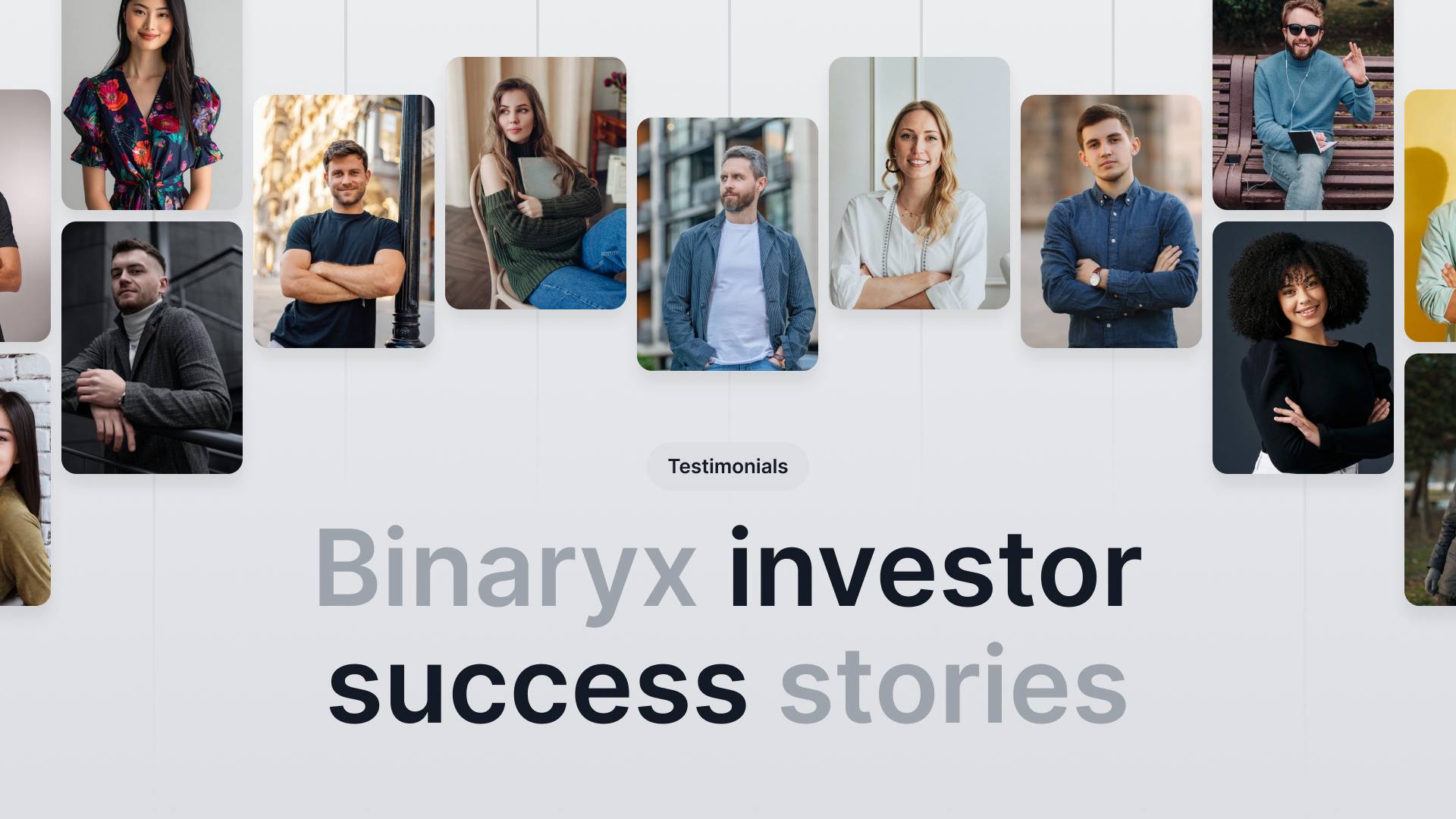

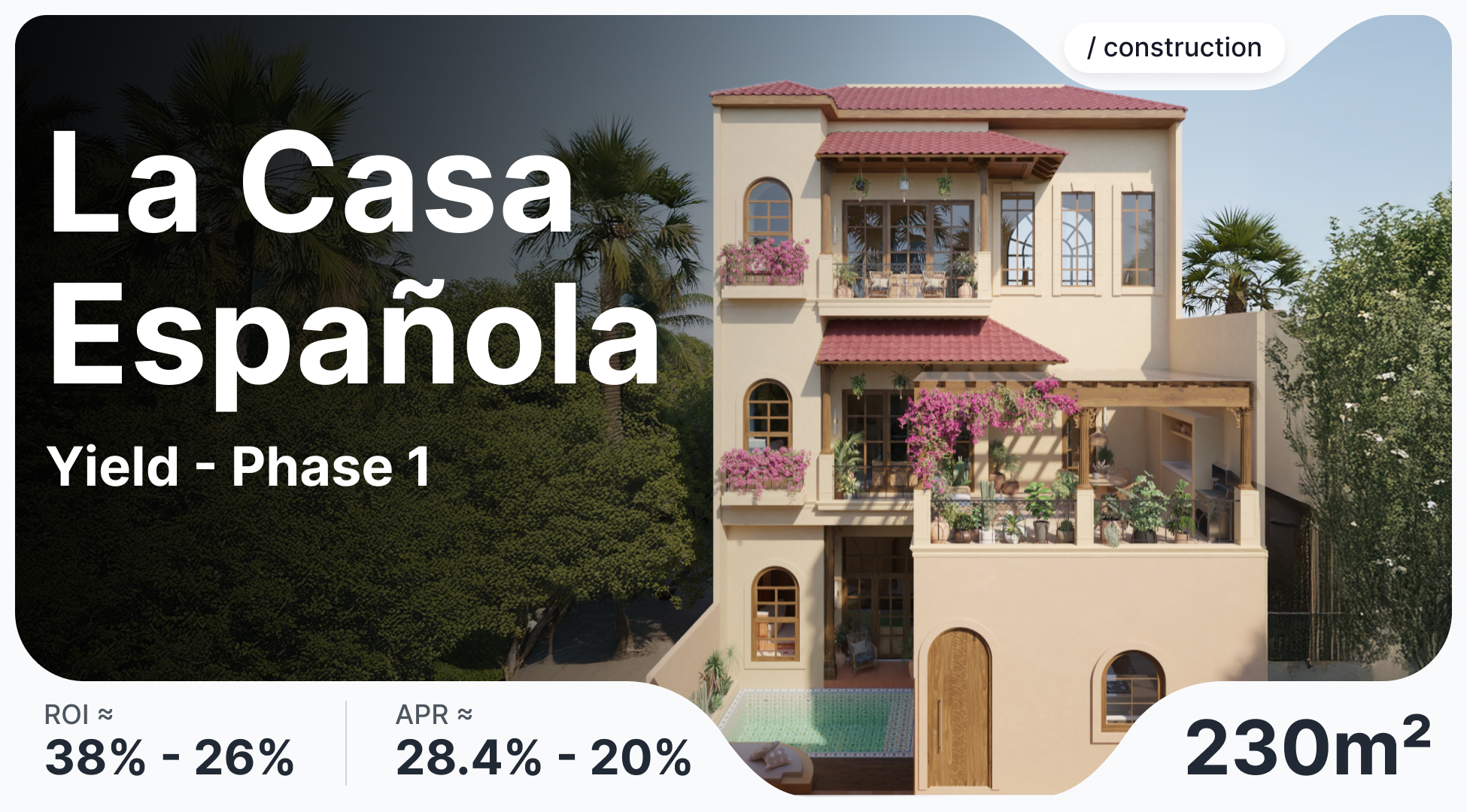
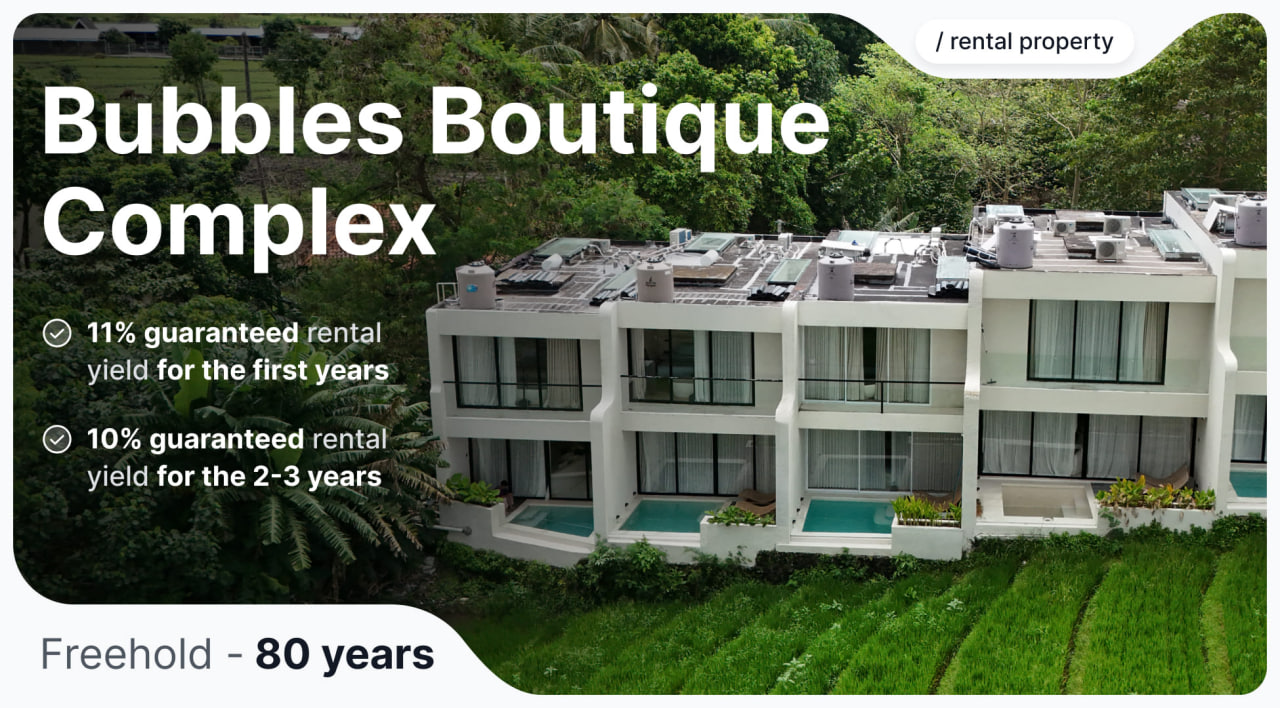
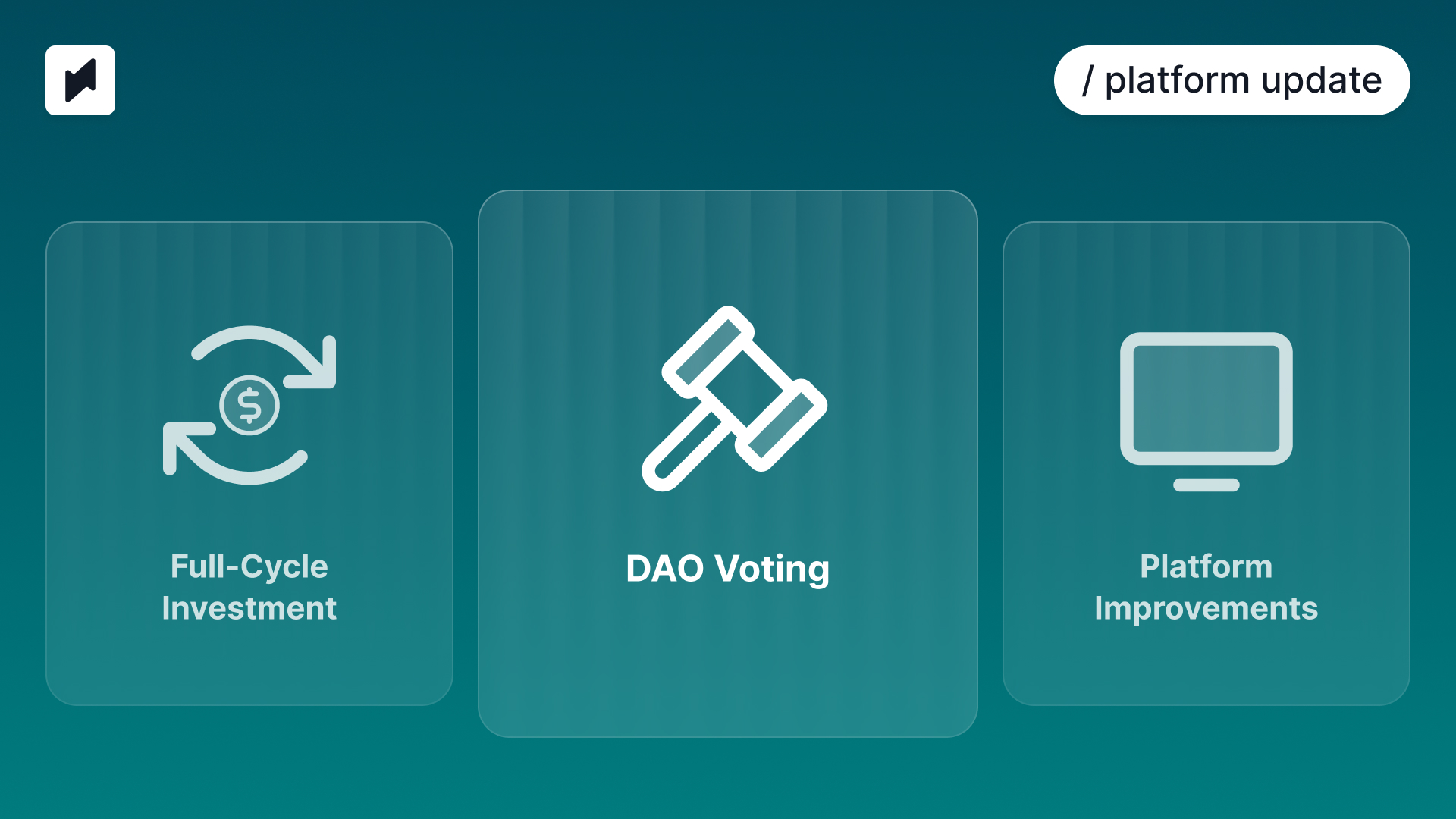
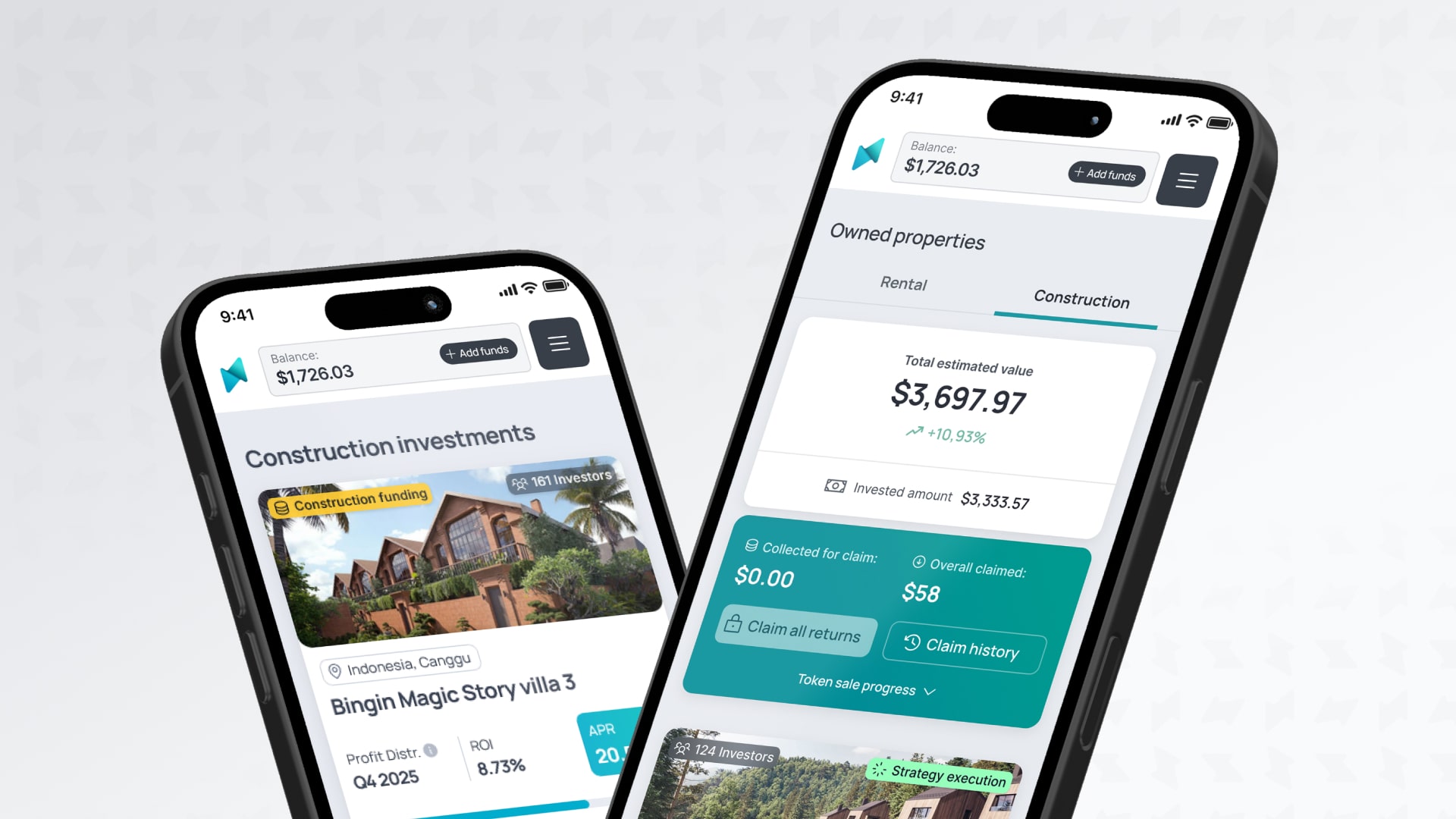
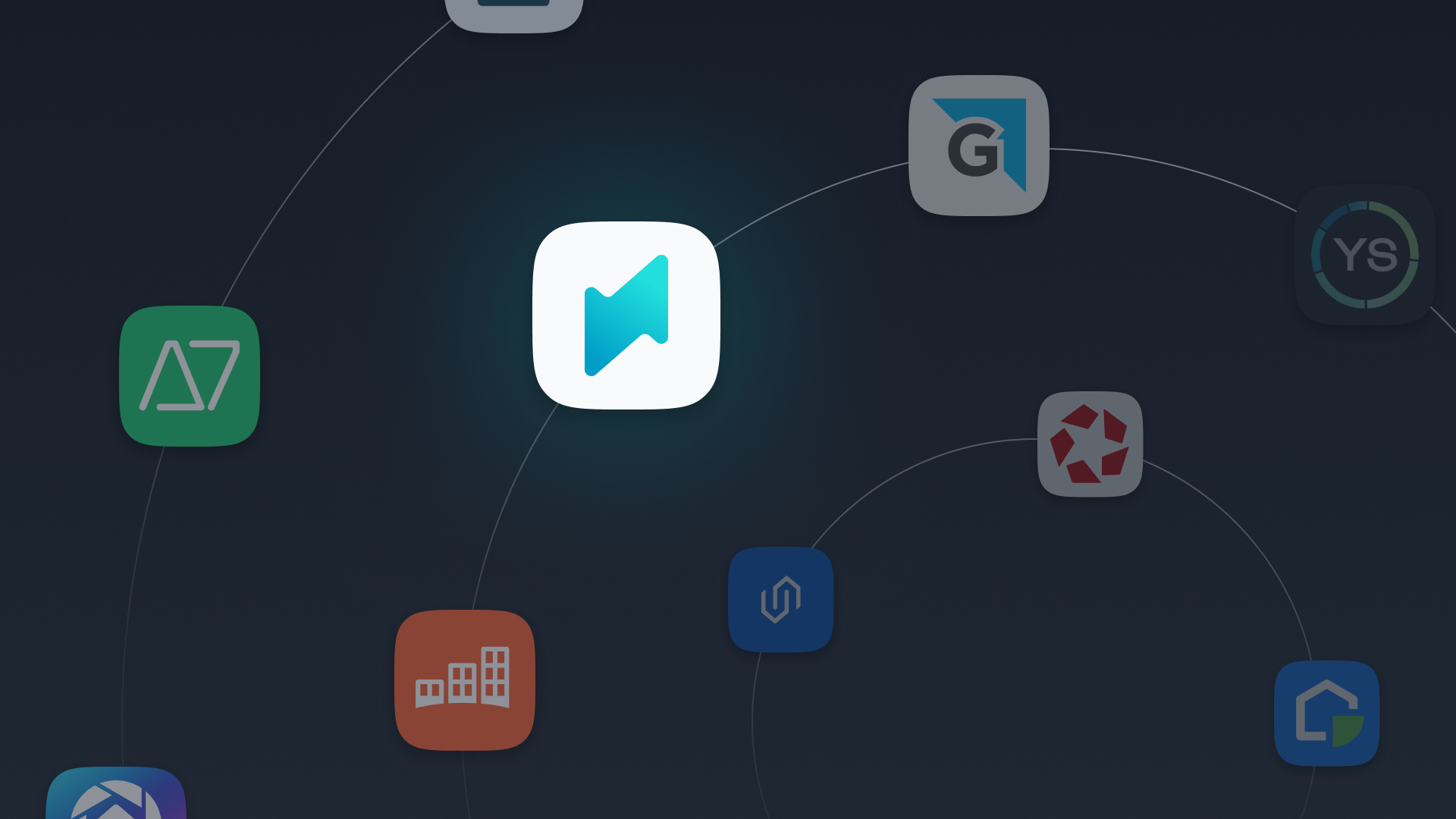
-min.jpg)
